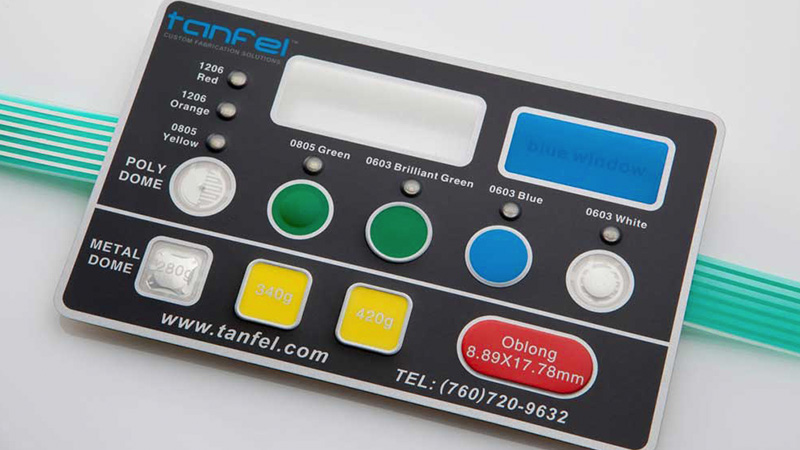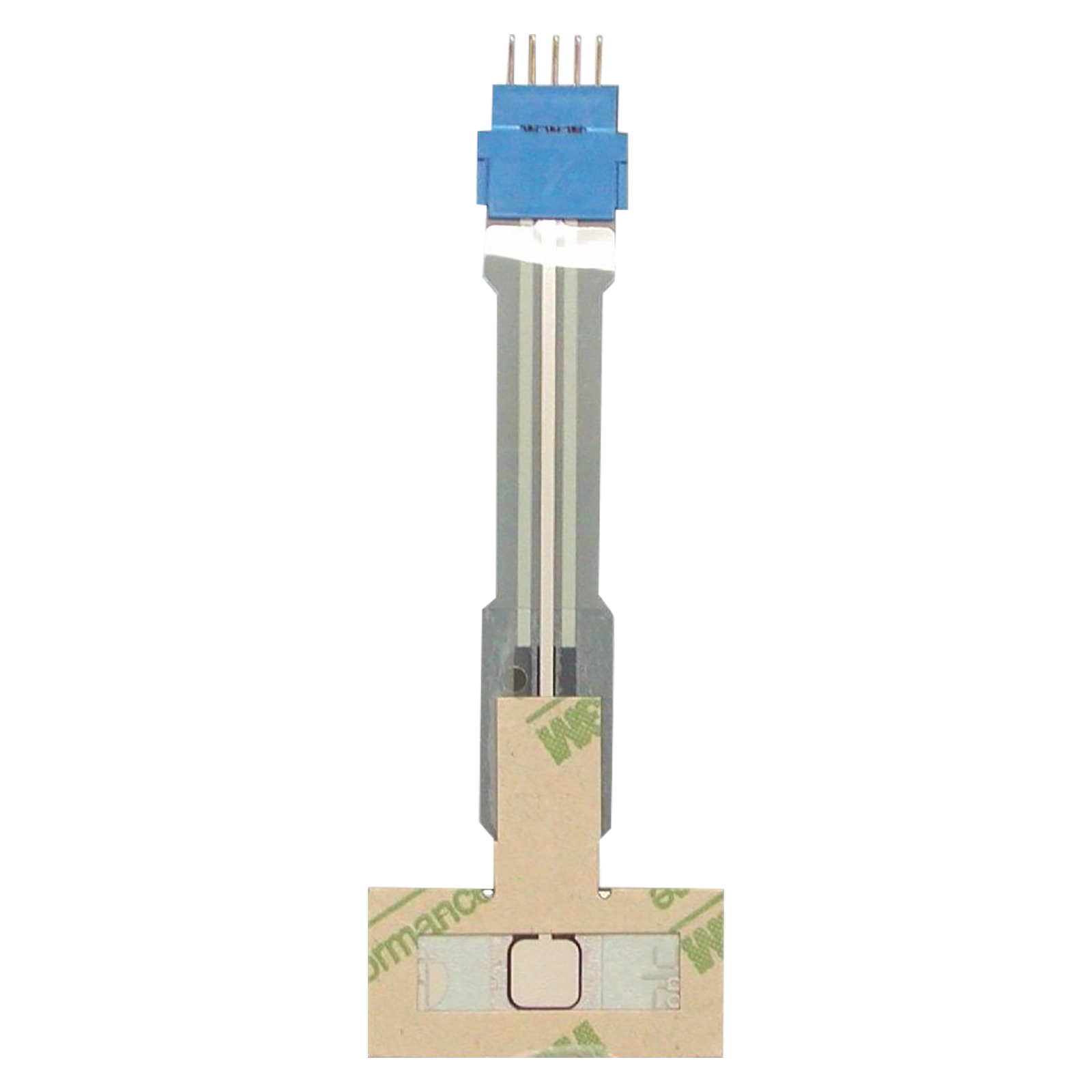How Membrane Switches Are a Top Choice for Medical Devices
How Membrane Switches Are a Top Choice for Medical Devices
Blog Article
Exploring the Advantages of Membrane Layer Switches for Modern Electronics
The exploration of membrane switches in contemporary digital devices offers a fascinating perspective on their myriad advantages, specifically in terms of design versatility, toughness, and cost-effectiveness. As markets continue to progress, the function of membrane layer buttons in enhancing individual experience and operational efficiency warrants more detailed exam.
Advantages of Membrane Switches
Membrane buttons are increasingly preferred in modern-day electronic devices as a result of their countless benefits. One of the key benefits is their portable layout, which enables space-efficient integration right into different tools. This slim profile not only saves area yet also adds to the general aesthetic allure of electronic items.
An additional benefit is their toughness. Membrane switches are normally immune to moisture, dirt, and contaminants, making them optimal for use in environments where direct exposure to extreme conditions is a concern. This resistance extends the life-span of the switches, decreasing the need for regular replacements and maintenance.
In addition, membrane layer changes deal exceptional tactile comments, enhancing individual experience. The tactile reaction is often developed to offer a rewarding feeling upon activation, which can enhance user complete satisfaction and performance.
Furthermore, the production procedure of membrane layer buttons is affordable, permitting lower manufacturing costs compared to conventional mechanical buttons. This cost makes them suitable for a wide variety of applications, from customer electronics to industrial machinery.
Layout Flexibility and Customization
The style versatility and personalization options provided by membrane switches over further improve their appeal in modern electronic devices. These buttons can be customized to satisfy specific aesthetic and useful needs, permitting makers to develop tools that line up carefully with brand name identification and individual choices. With various options in regards to colors, shapes, and sizes, membrane layer switches can effortlessly integrate into diverse product layouts, whether for customer electronic devices, industrial applications, or medical gadgets.
In addition, the capacity to incorporate graphics and symbols directly onto the button surface area enhances functionality while minimizing the requirement for added labeling. This assimilation not only simplifies production procedures however also contributes to a sleeker total look. The style can be additional tailored with functions such as backlighting, tactile comments, and multi-layer buildings, offering improved user communication.

Toughness and Ecological Resistance

Moreover, membrane switches can be engineered to be chemically resistant, making them suitable for applications in industrial atmospheres where direct exposure to solvents and cleaning representatives is usual. The encapsulation of electronic parts within the Go Here membrane framework offers extra defense versus environmental stress and anxieties, making sure trustworthy efficiency even in difficult conditions.
In enhancement to physical resilience, membrane switches exhibition outstanding resistance to UV light, protecting against degradation and staining over time (membrane switch). This characteristic is particularly useful for outside applications, where long term direct exposure to sunlight can compromise other switch kinds
Inevitably, the durability and environmental resistance of membrane switches make them an ideal selection for a wide variety of modern-day electronic devices, from medical devices to consumer electronic devices, guaranteeing regular functionality and user complete satisfaction across different applications.
Cost-Effectiveness in Manufacturing
Cost-effectiveness in manufacturing is a significant advantage of membrane switches, making them a recommended selection for suppliers in numerous sectors. The production procedure of membrane changes usually includes fewer materials contrasted to conventional switches, which reduces raw material read expenses. This structured manufacturing procedure not just saves money but additionally decreases waste, straightening with modern sustainability goals.
Moreover, membrane layer buttons can be created using automated techniques, permitting for high-volume output with minimized labor prices. The combination of sophisticated printing technologies further boosts effectiveness, enabling suppliers to accomplish elaborate layouts and performances without incurring significant navigate to these guys extra expenses. This scalability makes certain that production can adjust to altering market demands without endangering quality or raising expenses.

In addition, the light-weight nature of membrane switches over adds to set you back financial savings in shipping and handling, along with in the general layout of electronic tools. By eliminating large parts, producers can maximize the overall product layout, thus boosting market competitiveness. In general, the cost-effectiveness of membrane changes not only advantages manufacturers economically however also promotes technology and rapid product development in the dynamic landscape of modern-day electronic devices.
Applications in Different Industries
Convenience stands apart as a trademark of membrane switches, permitting them to locate applications across a vast array of sectors. In the medical care sector, these switches are important to clinical tools, giving user-friendly interfaces for devices like mixture pumps and diagnostic devices. Their resistance to dampness and simple cleaning make them suitable for atmospheres needing rigorous hygiene criteria.
In the auto industry, membrane buttons contribute to the functionality of dashboards and control board, offering a sleek, modern look while ensuring resilience against rough conditions. Their lightweight design additionally supports general vehicle effectiveness.

Furthermore, commercial equipment utilizes membrane switches for operational controls. Their durable nature and personalized attributes deal with the certain demands of diverse applications.
Conclusion
Finally, membrane changes deal substantial advantages for modern-day electronic devices, consisting of design versatility, resilience, and cost-effectiveness. membrane switch. Their customizable attributes and resistance to environmental variables make them appropriate for a large range of applications across various markets. As technological demands remain to advance, the flexibility and efficiency of membrane changes position them as a vital part in boosting user experience and driving technology within the competitive landscape of digital devices
Report this page